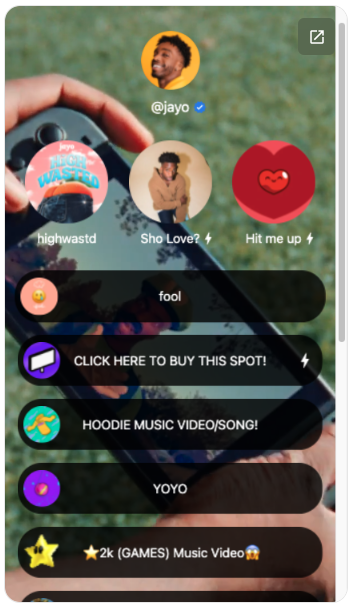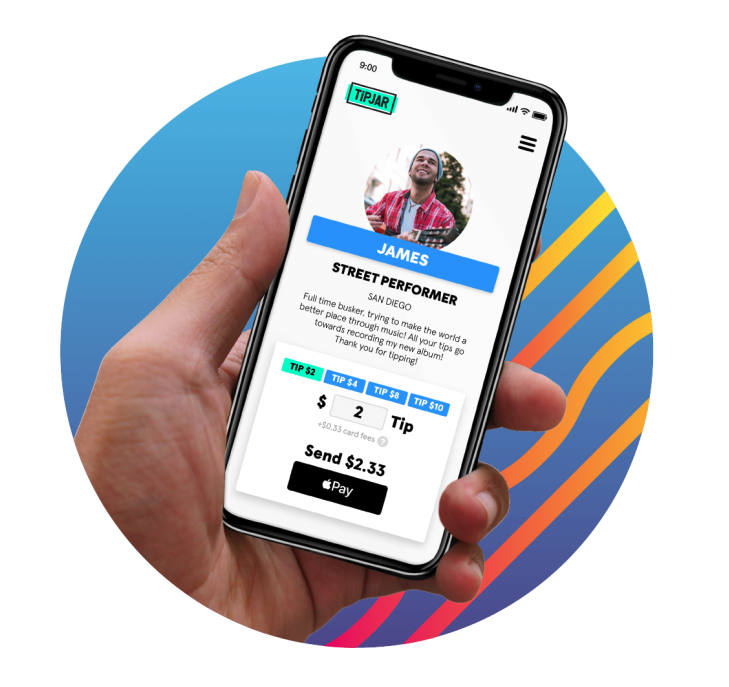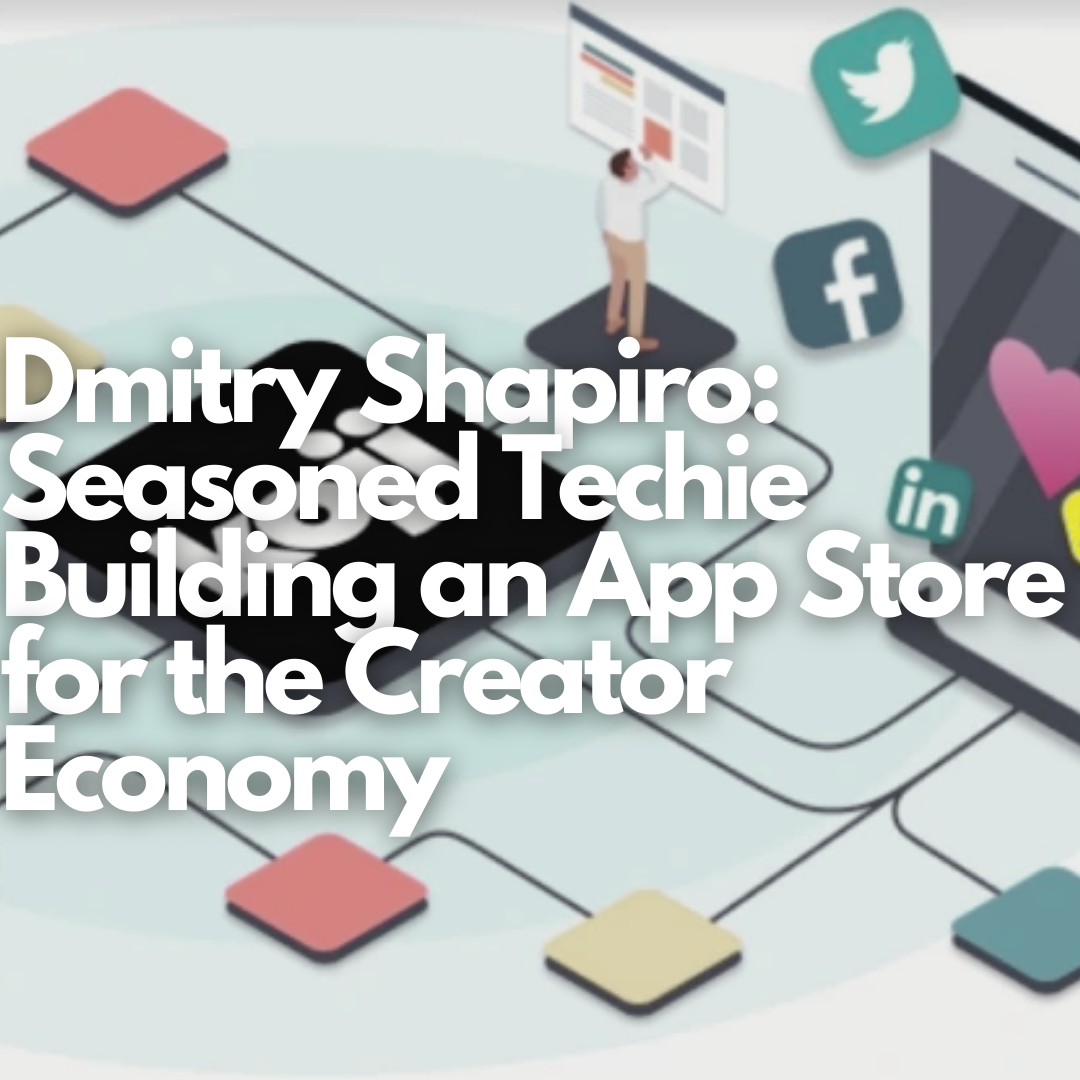Platform
Dmitry Shapiro: Seasoned Techie Building an App Store for the Creator Economy
We could see a consolidation on the Link in Bio app store like Koji of what are today distinct companies in the creator space such as Patreaon and Substack. The companies may be transformed into a mini app or feature that goes into the creator’s Link in Bio. That’s going to change the dynamics both for creators and consumers while substantially increasing convenience.
Dmitry Shapiro is an old hand in the tech industry. He started his career at Fujitsu where he led the web development team. He left to build cybersecurity application Akonix Systems and raised $34 million in venture capital. Dmitry would thereafter start the video sharing platform Veoh (a YouTube competitor at the time) raising $70 million in venture capital. He moved to Myspace Music as CTO before working at Google as Group Product Manager for four years.

Koji
Dmitry left Google in 2016 to start Koji with co-founder Sean Thielen.
“Sean and I met each other eight years ago when I was working at Google and Sean was studying literature at Chapman University. We met on a website called Hacker News. He was building some apps and wanted some advice from someone who’d done it before. So I reached out to him. We became friends and then a couple of years later I left Google.”
He says the idea for Koji came up when the two concluded that Sean, though an expert developer, could not build the solutions they needed in time on his own.

“We realized there was an opportunity to build a platform that would help us to help us and everybody else build apps radically faster. The insight of that was that when people want you to build something, they describe it saying it’s like this for that.
It’s like Uber for dog walking. It’s like Airbnb for people who have music recording equipment in their homes and other people want to use it. It’s like this but different in some way. We could make it easier for developers to take things that other developers have built and then simply make a copy then make a copy to their needs.
We call it subtractive development. Starting from the finished thing and subtracting. That’s how the idea sort of crystallized then. Now, three years later and we have got this platform.”
Koji was launched in April 2021. It currently has 150 apps with new apps being added weekly, Dmitry says. Over 60,000 creators currently use the platform.
More than Link in Bio
Whereas a number of reviews of Koji mainly characterize it as a Link in Bio competitor to apps like Linktree, Dmitry disagrees.
“The Link in Bio is a tiny piece of Koji. A good way you can think about it is when you think about your smartphone. Right there is your launcher as it’s called on your smartphone. The home screen? Then there is the app store where you find apps to put on your home screen. And then there is the operating system that makes all of this run – iOS or Android. Then there is the developer environment that allows developers to create apps for the operating system that are put in an app store and then can be installed on your home screen.”
You can think of the Koji ecosystem the same way, he says
“The Link in Bio is like a launcher but instead of facing you it faces outwards to the world. And you choose what apps you put on it, how the world can engage with you, the features you add. And then behind that is the runtime environment that we support. That allows people to make money. It has cross network payments, cross platform analytics, push notifications, all these things like a virtual operating system. Then we have a very robust developer environment that allows developers to create these things.”

To emphasize this viewpoint, Dmitry says that it took one and a half weeks to build the Link in Bio component of Koji but three years to build the rest of it. He says the more than 60 players in the Link in Bio space is because of how easy it is to build a Link in Bio platform. Dmitry considers Koji as having more in common with Github or with OS’ like iOS and Android than with Linktree.
“We are the only ones in the world that have this app store for these mini apps that can be installed on Link in Bios.”
Anyone can create an app in Javascript and publish it to the Koji app store, Dmitry says.
“Today already there are different types of entities that create these apps. Some apps are created by our own developers, some apps by independent developers, some apps are created by other companies in the creator economy like Laylo. And now there are also what we call creator developers like Piper Rockelle or the Breezy House that partner with us and we help them technologically. They don’t write code because our platform allows us to create these apps in just tiny amounts of time.”
Piper Rockelle’s Koji App
Popular 14-year old social media star Piper Rockelle has monetized her work through Koji, Dmitry says. For about, she had a manual workflow where she would take a selfie, use Photoshop to blur it out and then put some stickers on it. She would share that image to social media asking her fans to join her fan club in order to see that image.
“And so when we met Piper and looked at her workflow, we said oh well, this thing you are doing can be turned into an app. And then she was able to publish that into our app store. Now the app is being used by over 2,000 creators in the world and in less than a week. And when other creators use that, they make money because that app allows creators to charge for unlocking those images or videos. If they do that, Piper makes a percentage of the earnings from those apps.”
Tip Jar App and Challenges with Creator Tipping
The Tip Jar is one of the most popular apps on the Koji app store, Dmitry says.
“So creators use the Tip Jar in their Link in Bio and it allows people to just show up on their profile and give them money. They can put in a dollar amount and message and then send you money. It’s a digital Tip Jar. It allows people to say thank you.”

Dmitry has observed the reluctance of some creators to accept tips. He explains this is bad for fans as well.
“When you do good work. When you provide value as a creator. When you teach people. When you entertain people. When you counsel people. Whatever it is that you do. For some reason people think that this is valuable to them. Meaning, they like it. And If you do not give them the opportunity to say thank you, that’s unfair to them. You are making them frustrated.”
Advice for Influencers and Influencer Marketing Agencies
Dmitry urges influencers and influencer marketing agencies to start integrating Link In Bio interactive content into their overall influencer marketing strategy. He likens the changes in the creator economy to the launch of the touchscreen smartphone by Apple and Steve Jobs in 2007 when tactile keyboards were the norm.
“The exact same thing is happening right now in the creator economy. And then social media. And so if you are an influencer and you want to be, you know, part of this next phase of creation, why do things the hard way. Why struggle? If you ask those creators using Koji now, they would tell you it’s a no-brainer. ‘Jump in. The water is fine.’”
Predictions for the Creator Economy
Dmitry anticipates consolidation in the creator economy over the next three to five years. He attributes this to each creator platform such as Patreon and Substack offering certain features. Creators have to join each service separately and then get their fans to join each too. This leads to a nightmare in managing these multiple services as the creator keeps joining new ones.
“We’re going to see this dramatic consolidation on the Link in Bio, on the app store of each one of these things that today is a company is going to be transformed into a mini app or feature that goes into your Link in Bio. That’s going to radically change the dynamics both for creators and consumers.
For creators, it will be radically simpler and take less time to manage all of this. And also provide them with all kinds of things they couldn’t possibly have like cross network analytics.
For fans or consumers, they don’t have to join any other service. They can continue to use Instagram, TikTok, Snapchat, Twitter and just do what they want to do which is consume content and engage with creators and with each other. It’s going to be a cleaner and better social media landscape. It’s already starting to be that for the 60,000 plus creators using Koji.”
Future Plans
Koji has some high profile collaborations coming up, Dmitry says.
The company is hiring as well.
“We are looking to at least double the team if not triple over the next year across all parts of the organization. Engineering, creator, customer support, marketing, business intelligence. All kinds of things.”
Dmitry Shapiro is co-founder and CEO at Koji. Koji are mini-apps that can be added to Links in Bio, embedded on websites, shared on social platforms, and sent via email and messenger. Dmitry was previously Group Product Manager at Google and Chief Technology Officer at Myspace. He has a BS in electrical engineering from Georgia Institute of Technology.













